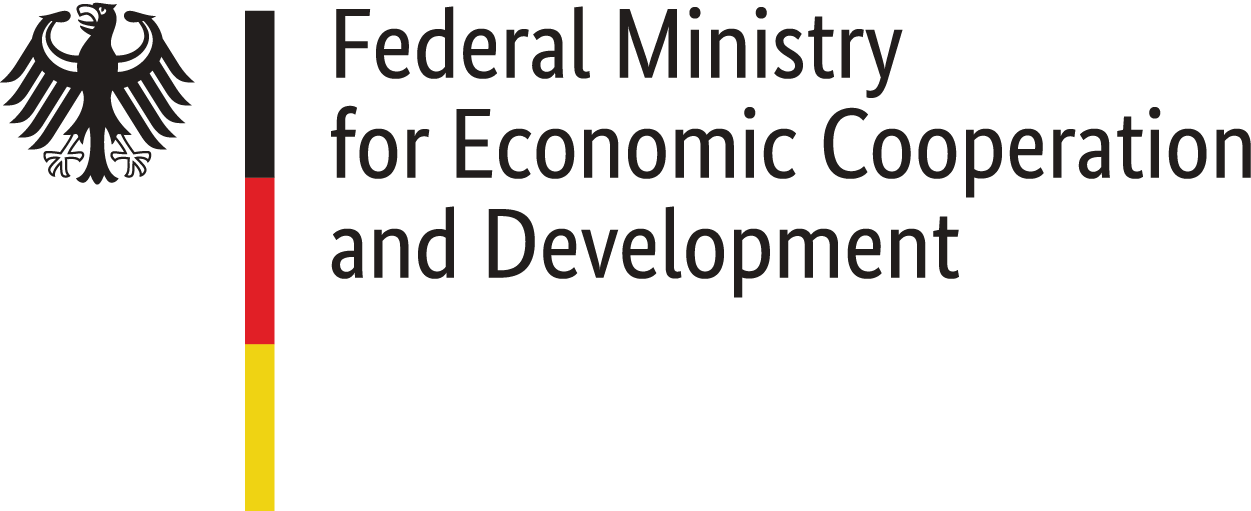Society
Peru´s culture is ancient. Some 5,000 years ago, whilst other civilizations were developing in China, Egypt and Mesopotamia, it constructed its own to the north of Lima known as Caral. The Inca Empire flourished in the southern part of Peru as late as the 15th and 16th centuries and extended over territories which are now part of Ecuador, Colombia, Bolivia, Chile and Argentina. The Spanish Conquest began in 1532 and lasted until Peru's independence in 1821.
Almost 200 years later, Peru, whose capital city is Lima, is the 19th largest country in the world by area (1.285 m sq km), surpassed in the Americas only by Canada, the United States, Brazil, Argentina and Mexico. With 31 million people (projected to reach 40 million by 2015), it is the 9th largest country in the Americas by population.
Some 76% live in urban areas. Almost 80% are Catholic. There are fractionally more men (50.1%) than women (49.9%). Life expectancy is 74 years. Some 61% of the population have health coverage. Twenty one percent of the population live below the poverty line and 6% are illiterate.
The electoral roll has almost 23 million eligible voters. Fifteen million people are economically active, according to statistics from the National Registry of Identification and Civil Status (RENIEC) and the National Statistics and Information Institute (INEI).
Lima has 8 million inhabitants. The jungle regions cover 60% of the country’s territory but only houses 14% of the population. The most recent census (2007) established that there are 1,786 indigenous communities and 51 ethnic groups in the country.
Peru’s constitution recognizes Spanish, Quechua, Aymara and other indigenous languages.
Remnants of Shining Path (Sendero Luminoso), the subversive organization which declared war against the state during the period 1980-2000, continue to cause disruption in part of the country and for some years have been aligned with drug trafficking mafias. The region, known as VRAEM (the Valley of the Apurímac, Ene and Mantaro Rivers), is associated with the Ayacucho, Cusco, Junin, Apurimac and Huancavelica regions and houses 2% of Peru´s population.


